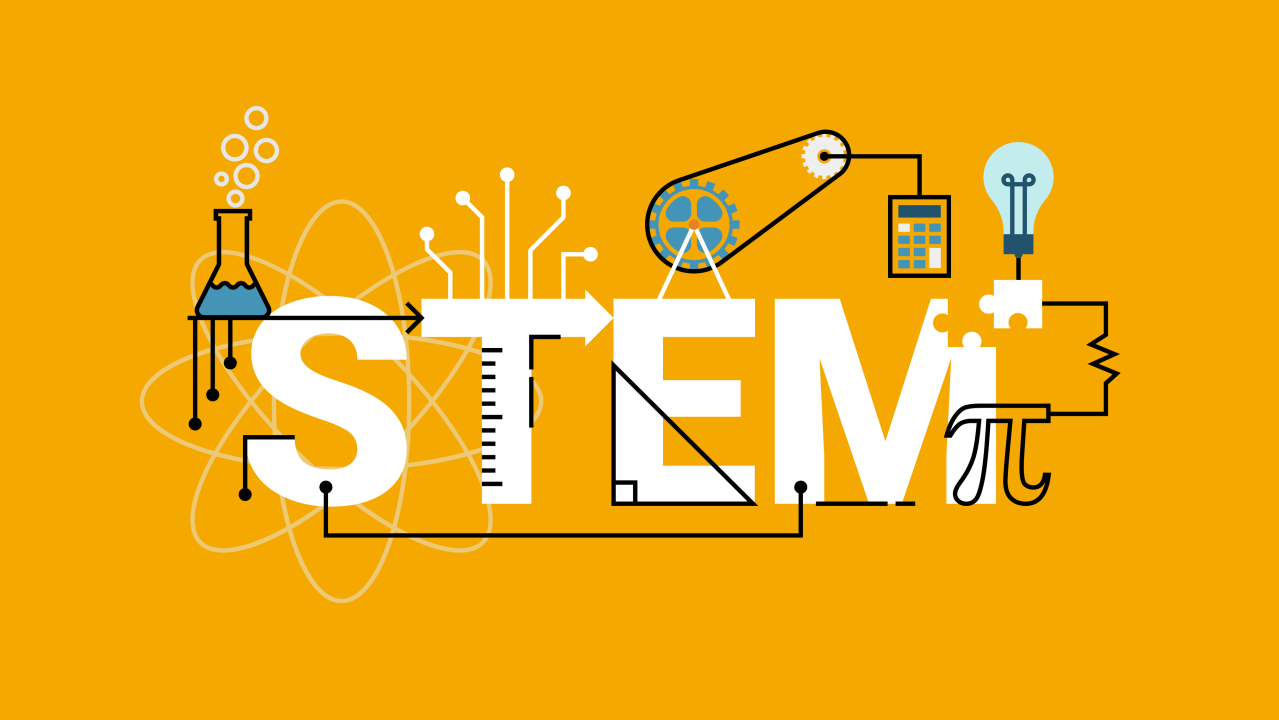STEM Education: Inspiring The Next Generation Of Scientists
In an era where technology and innovation drive the global economy, STEM (Science, Technology, Engineering, and Mathematics) education is more important than ever. By fostering curiosity, creativity, and critical thinking, STEM education equips young minds with the skills they need to solve real-world problems. Inspiring the next generation of scientists through hands-on learning and engaging curricula ensures that future innovators are ready to take on the challenges of tomorrow.
Why STEM Education Matters

- Fuels Innovation
- STEM fields drive technological advancement, leading to groundbreaking discoveries and solutions.
- Encourages problem-solving and creativity, essential for tackling global challenges.
- Prepares for High-Demand Careers
- STEM-related careers are among the fastest-growing and highest-paying industries.
- Equips students with in-demand skills, ensuring job security and career advancement.
- Develops Critical Thinking and Analytical Skills
- STEM education emphasizes logical reasoning and data-driven decision-making.
- Encourages inquiry, experimentation, and evidence-based conclusions.
- Promotes Diversity and Inclusion
- By encouraging underrepresented groups to participate in STEM, we create a more inclusive and innovative workforce.
- Programs that support women, minorities, and disadvantaged communities help bridge the opportunity gap.
Key Elements of Effective STEM Education

1. Hands-On Learning and Experimentation
- Engaging students through interactive projects and experiments fosters a deeper understanding of STEM concepts.
- Robotics, coding, and science labs allow students to apply theoretical knowledge to real-world scenarios.
2. Project-Based Learning (PBL)
- PBL encourages collaboration, critical thinking, and problem-solving by immersing students in real-world challenges.
- Students develop solutions to complex problems, building essential skills for their future careers.
3. Integration of Technology
- Incorporating digital tools and platforms like coding, AI, and virtual labs enhances student engagement.
- Exposure to modern technologies prepares students for future technological advancements.
4. Mentorship and Role Models
- Connecting students with professionals and mentors in STEM fields provides guidance and inspiration.
- Role models demonstrate career possibilities and motivate students to pursue STEM careers.
5. Encouraging Curiosity and Inquiry
- Creating an environment where students feel free to ask questions and explore ideas fosters a lifelong passion for STEM.
- Inquiry-based learning empowers students to think critically and independently.
How to Inspire the Next Generation of Scientists
1. Introduce STEM Early
- Engaging young children in STEM-related activities builds a strong foundation for future learning.
- Interactive games, science kits, and coding apps capture interest from an early age.
2. Make STEM Fun and Engaging
- Gamifying STEM education through competitions, coding challenges, and science fairs makes learning enjoyable.
- Incorporating real-life applications demonstrates the relevance of STEM in everyday life.
3. Promote Collaborative Learning
- Group projects and teamwork help students develop interpersonal skills and learn from different perspectives.
- Collaborative environments prepare students for the team-oriented nature of many STEM careers.
4. Provide Access to Resources and Opportunities
- Ensuring access to quality resources, mentorship, and learning platforms promotes equal opportunities.
- Scholarships, grants, and STEM camps can encourage participation from underrepresented communities.
5. Highlight Real-World Impact
- Demonstrating how STEM innovations address global challenges inspires students to pursue meaningful careers.
- Showcasing STEM solutions in healthcare, environmental science, and technology ignites passion and purpose.
Success Stories in STEM Education

- FIRST Robotics
- Engages students in designing, building, and programming robots for competitions.
- Fosters teamwork, problem-solving, and a love for engineering.
- Girls Who Code
- Empowers young girls by providing them with coding skills and mentorship.
- Encourages diversity and closes the gender gap in technology.
- Khan Academy
- Offers free online courses in math, science, and coding.
- Provides accessible and flexible learning opportunities for students worldwide.
Future of STEM Education
As technology evolves, STEM education will continue to adapt to meet the needs of future generations. Innovations in virtual reality, artificial intelligence, and online learning platforms will enhance the learning experience. Personalized learning, driven by AI, will provide customized educational paths, ensuring that every student can excel in STEM fields.
Also Read : How To Succeed In Online Learning: Tips And Strategies
Conclusion
STEM education is crucial for shaping the future workforce and driving technological progress. By making STEM accessible, engaging, and inclusive, we can inspire the next generation of scientists to tackle the world’s most pressing challenges. Through hands-on learning, mentorship, and real-world applications, educators and communities can empower young minds to pursue careers that make a difference.
FAQs
Q1: At what age should children be introduced to STEM education?
A: Children can be introduced to STEM concepts as early as preschool, using interactive and fun activities to build foundational skills.
Q2: How can parents support STEM learning at home?
A: Parents can encourage curiosity through science kits, coding games, and real-world problem-solving activities.
Q3: What career opportunities are available in STEM fields?
A: STEM careers include roles in engineering, computer science, biotechnology, environmental science, and data analysis.
Q4: How can educators promote diversity in STEM?
A: Educators can create inclusive environments, provide mentorship, and offer scholarships to underrepresented groups.
Q5: What is the impact of STEM education on future career readiness?
A: STEM education equips students with critical thinking, analytical skills, and technological proficiency, preparing them for high-demand careers.
